Home>Home Appliances>Lighting Appliances>How To Choose A Ceiling Light
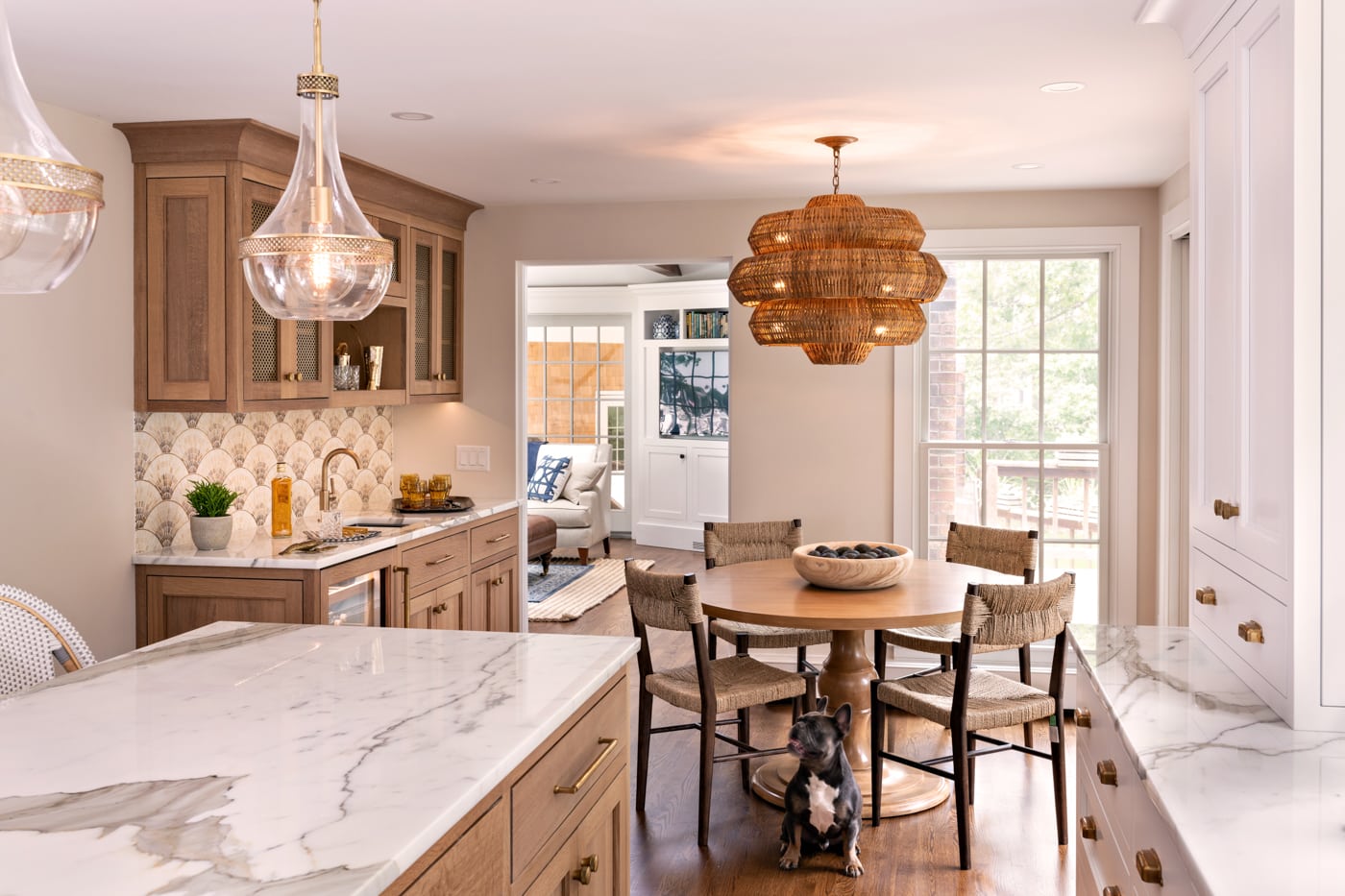

Lighting Appliances
How To Choose A Ceiling Light
Modified: October 18, 2024
Discover how to select the perfect ceiling light for your space with our comprehensive guide. Explore the best lighting appliances for your home.
(Many of the links in this article redirect to a specific reviewed product. Your purchase of these products through affiliate links helps to generate commission for Storables.com, at no extra cost. Learn more)
Introduction
Choosing the right ceiling light for your space is a crucial decision that can significantly impact the ambiance and functionality of a room. Whether you are looking to illuminate a cozy living room, a spacious kitchen, or a sophisticated office, the right ceiling light can enhance the overall aesthetic appeal and create the perfect atmosphere. With a myriad of options available in the market, it's essential to consider various factors to ensure that you make an informed decision that aligns with your specific needs and preferences.
When it comes to selecting a ceiling light, there are several key considerations to keep in mind. These include the size and height of the room, the intended function of the light, the desired style, the type of bulbs to be used, energy efficiency, as well as installation and maintenance requirements. By carefully evaluating these factors, you can narrow down your options and choose a ceiling light that not only complements your space but also meets your practical and aesthetic requirements.
In this comprehensive guide, we will delve into each of these considerations, providing valuable insights and practical tips to help you navigate the process of selecting the perfect ceiling light. From understanding the impact of room size and height on lighting choices to exploring the diverse styles and bulb options available, we will cover everything you need to know to make an informed decision. Additionally, we will shed light on the significance of energy efficiency and the importance of considering installation and maintenance requirements when choosing a ceiling light.
By the end of this guide, you will have a clear understanding of the factors to consider when selecting a ceiling light, empowering you to make a well-informed decision that enhances the functionality and aesthetics of your space. So, let's embark on this illuminating journey and explore the intricacies of choosing the ideal ceiling light for your home or workspace.
Key Takeaways:
- Choose the right ceiling light by considering room size, function, style, bulb type, energy efficiency, and installation/maintenance. This ensures optimal illumination and ambiance tailored to your unique needs and preferences.
- Understanding the impact of room size and height, the function of the light, and the importance of energy efficiency empowers you to make informed decisions that enhance your space’s functionality and aesthetics.
Read more: How To Choose An Outdoor Ceiling Fan
Consider the Room Size and Height
When it comes to choosing a ceiling light, considering the size and height of the room is paramount. The dimensions of the space will influence the type and placement of the light fixture, ultimately impacting the overall illumination and visual appeal of the room.
Room Size
The size of the room directly affects the choice of ceiling light. In larger spaces, such as expansive living rooms or open-plan areas, it's essential to opt for fixtures with broader illumination coverage. This can be achieved through the selection of larger or multiple light fixtures strategically positioned to evenly distribute light across the entire area. Conversely, in smaller rooms, such as cozy bedrooms or compact home offices, a single well-placed ceiling light may suffice to provide adequate illumination without overwhelming the space.
Ceiling Height
The height of the ceiling also plays a crucial role in determining the most suitable type of ceiling light. For rooms with standard ceiling heights, a wide range of lighting options, including flush mounts, semi-flush mounts, and pendant lights, can be considered. These fixtures are designed to provide effective illumination without encroaching on the available headspace. In contrast, rooms with high ceilings offer the opportunity to incorporate more dramatic lighting solutions, such as chandeliers or statement pendant lights, which can add a touch of grandeur and sophistication to the space.
Balancing Proportions
It's important to strike a balance between the size of the room and the scale of the ceiling light fixture. In larger rooms, choosing a fixture that is too small may result in inadequate illumination and an underwhelming visual impact. Conversely, selecting an oversized fixture for a smaller room can overpower the space and disrupt the overall aesthetic harmony. By carefully assessing the room's size and height, you can ensure that the chosen ceiling light complements the proportions of the space, creating a harmonious and visually appealing environment.
By taking into account the room size and height, you can make informed decisions regarding the type, size, and placement of the ceiling light, ultimately optimizing the illumination and aesthetic appeal of the space. This thoughtful approach sets the foundation for selecting a ceiling light that not only meets the practical lighting needs but also enhances the overall ambiance of the room.
Read more: How To Move Ceiling Light
Determine the Function of the Light
The function of the ceiling light is a pivotal consideration that goes beyond mere illumination. Understanding the specific purpose that the light will serve in a given space is essential for making an informed choice. Different rooms and areas within a home or workspace have distinct lighting requirements based on their intended functions and activities. By carefully assessing the function of the light, you can select a fixture that not only meets the practical lighting needs but also enhances the overall functionality and ambiance of the space.
Task-Oriented Lighting
Task-oriented lighting is designed to provide focused illumination for specific activities or tasks. In areas such as kitchens, home offices, and workshops, where detailed tasks are performed, it's crucial to choose ceiling lights that offer ample brightness and targeted coverage. For these spaces, options such as recessed lights, track lighting, or pendant lights with directional features are ideal choices. These fixtures can be strategically positioned to deliver concentrated light onto work surfaces, countertops, or desks, effectively enhancing visibility and productivity.
Ambient Lighting
Ambient lighting, also known as general lighting, serves as the primary source of illumination in a room, creating a comfortable and inviting environment. When selecting a ceiling light for ambient lighting, it's important to consider fixtures that offer uniform brightness and widespread coverage. Flush mounts, semi-flush mounts, and certain styles of chandeliers are popular choices for providing ambient lighting in living rooms, dining areas, and bedrooms. These fixtures disperse light evenly throughout the space, fostering a welcoming atmosphere and facilitating various everyday activities.
Accent Lighting
Accent lighting is employed to highlight specific features, artworks, or architectural elements within a room, adding depth and visual interest. When considering accent lighting, options such as adjustable track lights, wall-mounted spotlights, or decorative pendant lights can be utilized to draw attention to focal points, creating a captivating interplay of light and shadow. Whether it's showcasing a gallery wall, illuminating a statement piece of furniture, or accentuating architectural details, the strategic placement of accent lighting can elevate the aesthetic appeal and create a dynamic visual impact within the space.
By understanding the distinct functions of task-oriented, ambient, and accent lighting, you can tailor your choice of ceiling light to effectively fulfill the specific lighting requirements of each area within your home or workspace. This thoughtful approach ensures that the selected fixtures not only contribute to the practical functionality of the space but also enrich the overall visual and atmospheric experience.
Choose the Right Style
Selecting the right style of ceiling light is a pivotal aspect of enhancing the overall aesthetic appeal and visual coherence of a space. The style of the light fixture can significantly influence the ambiance and character of a room, making it essential to consider various design elements and personal preferences when making this decision.
Matching the Décor
When choosing a ceiling light, it's important to consider the existing décor and interior design theme of the space. Whether your style leans towards modern minimalism, classic elegance, industrial chic, or eclectic bohemian, there are a plethora of lighting styles to complement and accentuate the overall aesthetic. For contemporary interiors, sleek and streamlined fixtures with clean lines and understated sophistication can seamlessly integrate into the space. Conversely, traditional or vintage-inspired interiors may benefit from ornate chandeliers, elegant pendant lights, or intricately designed flush mounts, adding a touch of timeless charm and refinement.
Cohesive Design Elements
The chosen style of the ceiling light should harmonize with other design elements within the room, such as furniture, architectural features, and decorative accents. By aligning the style of the light fixture with the overall design scheme, you can create a cohesive and visually appealing environment. For instance, in spaces characterized by rustic or industrial design elements, incorporating pendant lights with exposed bulbs, metal finishes, or reclaimed materials can complement the existing aesthetic, adding a sense of authenticity and character to the room. Similarly, in contemporary or mid-century modern settings, opting for minimalist and sculptural lighting designs can contribute to a sense of unity and balance within the space.
Personal Expression
Beyond adhering to specific design trends or thematic considerations, choosing a ceiling light presents an opportunity for personal expression and style statement. Whether you prefer bold and avant-garde fixtures that serve as focal points or subtle, understated designs that seamlessly blend into the background, the style of the ceiling light can reflect your individual taste and personality. By selecting a fixture that resonates with your aesthetic sensibilities, you can infuse the space with a sense of authenticity and create a visual narrative that speaks to your unique design ethos.
In essence, choosing the right style of ceiling light involves a thoughtful consideration of the existing décor, cohesive design elements, and personal expression. By aligning the style of the light fixture with the overall design scheme and individual preferences, you can elevate the visual appeal and create a harmonious, well-curated space that reflects your distinct style and personality.
Read more: How To Test A Ceiling Light
Select the Appropriate Bulb Type
The selection of the appropriate bulb type for a ceiling light is a critical aspect that directly impacts the quality of illumination, energy efficiency, and overall ambiance of a space. With advancements in lighting technology and the availability of diverse bulb options, it's essential to consider various factors when choosing the right bulb type for your ceiling light.
LED Bulbs
LED (Light Emitting Diode) bulbs have gained widespread popularity due to their exceptional energy efficiency, longevity, and versatility. When used in ceiling lights, LED bulbs offer a significant reduction in energy consumption compared to traditional incandescent or fluorescent bulbs. Additionally, LED bulbs emit minimal heat, making them an ideal choice for enclosed fixtures, such as flush mounts or semi-flush mounts. The availability of LED bulbs in a range of color temperatures, from warm white to cool daylight, allows for customization of the lighting ambiance to suit different preferences and room aesthetics.
Compact Fluorescent Lamps (CFLs)
Compact Fluorescent Lamps, commonly known as CFLs, are another energy-efficient option for ceiling lights. CFL bulbs consume less energy and have a longer lifespan compared to incandescent bulbs. However, it's important to note that CFLs may take a short warm-up period to reach full brightness, and their compatibility with dimmer switches should be verified before installation. When selecting CFL bulbs for ceiling lights, it's advisable to choose those specifically designed for enclosed fixtures to ensure optimal performance and longevity.
Incandescent Bulbs
While traditional incandescent bulbs are less energy-efficient compared to LED and CFL options, they still remain a viable choice for certain applications. Their warm, familiar glow and compatibility with dimmer switches make them suitable for creating a cozy ambiance in spaces such as bedrooms or dining areas. However, it's important to consider the energy consumption and shorter lifespan of incandescent bulbs when making a decision, especially for ceiling lights that are frequently used.
Read more: How To Measure A Ceiling Light
Smart Bulbs
The emergence of smart lighting technology has introduced a new dimension to ceiling light bulb options. Smart bulbs, compatible with home automation systems and mobile applications, offer customizable color options, dimming capabilities, and remote control features. These innovative bulbs provide the flexibility to adjust the lighting ambiance according to specific preferences, making them an intriguing choice for modern homes and smart lighting enthusiasts.
By carefully evaluating the characteristics and benefits of different bulb types, you can make an informed decision that aligns with your energy efficiency goals, lighting preferences, and the specific requirements of your ceiling light fixtures. Whether prioritizing longevity, energy savings, or advanced customization features, selecting the appropriate bulb type is integral to optimizing the functionality and visual impact of your ceiling lights.
Consider Energy Efficiency
Energy efficiency is a crucial consideration when selecting a ceiling light, as it not only impacts long-term operational costs but also contributes to environmental sustainability. By prioritizing energy-efficient lighting solutions, you can minimize electricity consumption, reduce carbon footprint, and lower utility expenses while enjoying optimal illumination in your living or workspaces.
One of the most effective ways to enhance energy efficiency in lighting is by choosing LED (Light Emitting Diode) bulbs for ceiling lights. LED technology has revolutionized the lighting industry by offering unparalleled energy savings, extended lifespan, and versatile illumination options. LED bulbs consume significantly less energy than traditional incandescent or fluorescent bulbs, translating into substantial long-term cost savings. Additionally, the impressive longevity of LED bulbs reduces the frequency of replacements, minimizing maintenance efforts and contributing to a more sustainable lighting solution.
Furthermore, the energy-efficient nature of LED bulbs aligns with the global push towards eco-friendly practices and reduced carbon emissions. By opting for LED ceiling lights, you can actively contribute to environmental conservation efforts while enjoying high-quality, flicker-free illumination that enhances the visual appeal and functionality of your space.
In addition to selecting LED bulbs, the design and construction of the ceiling light fixture itself play a role in energy efficiency. Choosing fixtures with integrated LED technology or those specifically designed to accommodate energy-efficient bulbs ensures optimal performance and longevity. Moreover, the use of dimmer switches and smart lighting controls allows for precise light output adjustments, further optimizing energy usage and creating a customizable lighting experience tailored to specific needs and preferences.
By embracing energy-efficient lighting solutions for your ceiling lights, you not only reduce operational costs and environmental impact but also elevate the overall quality of illumination within your home or workspace. The commitment to energy efficiency reflects a forward-thinking approach to lighting design, promoting sustainability and responsible energy consumption while enhancing the visual and functional aspects of your living environment.
Installation and Maintenance Requirements
Proper installation and regular maintenance are essential aspects of ensuring the optimal performance and longevity of ceiling lights. Whether you are replacing an existing fixture or installing a new one, adhering to best practices for installation and implementing a proactive maintenance routine can significantly impact the functionality and visual appeal of the lighting in your space.
Professional Installation
While some homeowners may opt for DIY installation, especially for simpler fixtures, it is advisable to consider professional installation for more complex or intricate ceiling lights. Professional electricians possess the expertise and experience to safely and accurately install a wide range of lighting fixtures, ensuring compliance with electrical codes and regulations. By entrusting the installation to qualified professionals, you can mitigate the risk of errors, ensure proper wiring and support for the fixture, and guarantee the safety and reliability of the lighting system.
Read more: How To Ground A Ceiling Light
Fixture-Specific Guidelines
Each ceiling light fixture comes with specific installation instructions provided by the manufacturer. It is imperative to carefully review and follow these guidelines to ensure correct assembly, mounting, and electrical connections. Paying attention to weight-bearing capacities, recommended mounting hardware, and compatibility with dimmer switches or smart lighting controls is crucial for a seamless and secure installation process. Additionally, understanding the wiring requirements and any specialized tools or accessories needed for installation can streamline the process and minimize potential complications.
Routine Maintenance
Regular maintenance is key to preserving the functionality and visual appeal of ceiling lights. Dust accumulation, occasional bulb replacements, and inspection of electrical connections are fundamental maintenance tasks that contribute to the longevity of the fixtures. Dusting the fixture and cleaning the diffusers or shades at regular intervals not only enhances the aesthetic appeal but also ensures optimal light transmission. Periodically checking and replacing bulbs as needed prevents diminished illumination and maintains consistent brightness throughout the space. Furthermore, inspecting electrical connections, junction boxes, and mounting hardware for signs of wear or damage is essential for preemptive maintenance, addressing any issues before they escalate.
Safety Considerations
Prioritizing safety during installation and maintenance is paramount. Ensuring that the power supply is switched off before handling any electrical components, using appropriate safety gear when working at heights, and following recommended maintenance schedules are critical safety considerations. Additionally, staying informed about product recalls, safety alerts, and industry best practices can further enhance the safety and reliability of the installed ceiling lights.
By adhering to professional installation practices, following fixture-specific guidelines, implementing routine maintenance, and prioritizing safety considerations, you can optimize the performance and longevity of your ceiling lights. These proactive measures not only contribute to the seamless functionality of the lighting but also promote a safe and visually appealing environment within your home or workspace.
Conclusion
In conclusion, the process of choosing a ceiling light involves a thoughtful consideration of various factors, each of which plays a crucial role in determining the functionality, visual appeal, and overall impact of the lighting within a space. By carefully evaluating the size and height of the room, understanding the specific functions of the light, selecting the appropriate style, considering the bulb type, prioritizing energy efficiency, and addressing installation and maintenance requirements, individuals can make well-informed decisions that align with their unique needs and preferences.
The size and height of the room directly influence the type and placement of the ceiling light fixture, impacting the overall illumination and visual harmony of the space. Understanding the distinct functions of task-oriented, ambient, and accent lighting enables tailored choices that cater to specific activities and create a multifaceted lighting experience. Furthermore, the selection of the right style of ceiling light allows for the seamless integration of the fixture into the existing décor, while also serving as a means of personal expression and style statement.
Choosing the appropriate bulb type, such as LED, CFL, or smart bulbs, contributes to energy efficiency, longevity, and customization options, aligning with sustainability goals and lighting preferences. Additionally, prioritizing energy efficiency not only reduces operational costs but also supports environmental conservation efforts, reflecting a forward-thinking approach to lighting design.
Addressing installation and maintenance requirements ensures the safe and reliable performance of the ceiling lights, promoting longevity and visual appeal. By adhering to professional installation practices, following fixture-specific guidelines, implementing routine maintenance, and prioritizing safety considerations, individuals can optimize the functionality and safety of their lighting fixtures.
In essence, the process of choosing a ceiling light is a multifaceted journey that encompasses practical, aesthetic, and environmental considerations. By navigating this process with a comprehensive understanding of the factors at play, individuals can select ceiling lights that not only fulfill their lighting needs but also enhance the overall ambiance and functionality of their living or workspaces. This informed approach empowers individuals to create well-lit, visually captivating environments that reflect their unique style and contribute to a sustainable, energy-efficient future.
Frequently Asked Questions about How To Choose A Ceiling Light
Was this page helpful?
At Storables.com, we guarantee accurate and reliable information. Our content, validated by Expert Board Contributors, is crafted following stringent Editorial Policies. We're committed to providing you with well-researched, expert-backed insights for all your informational needs.

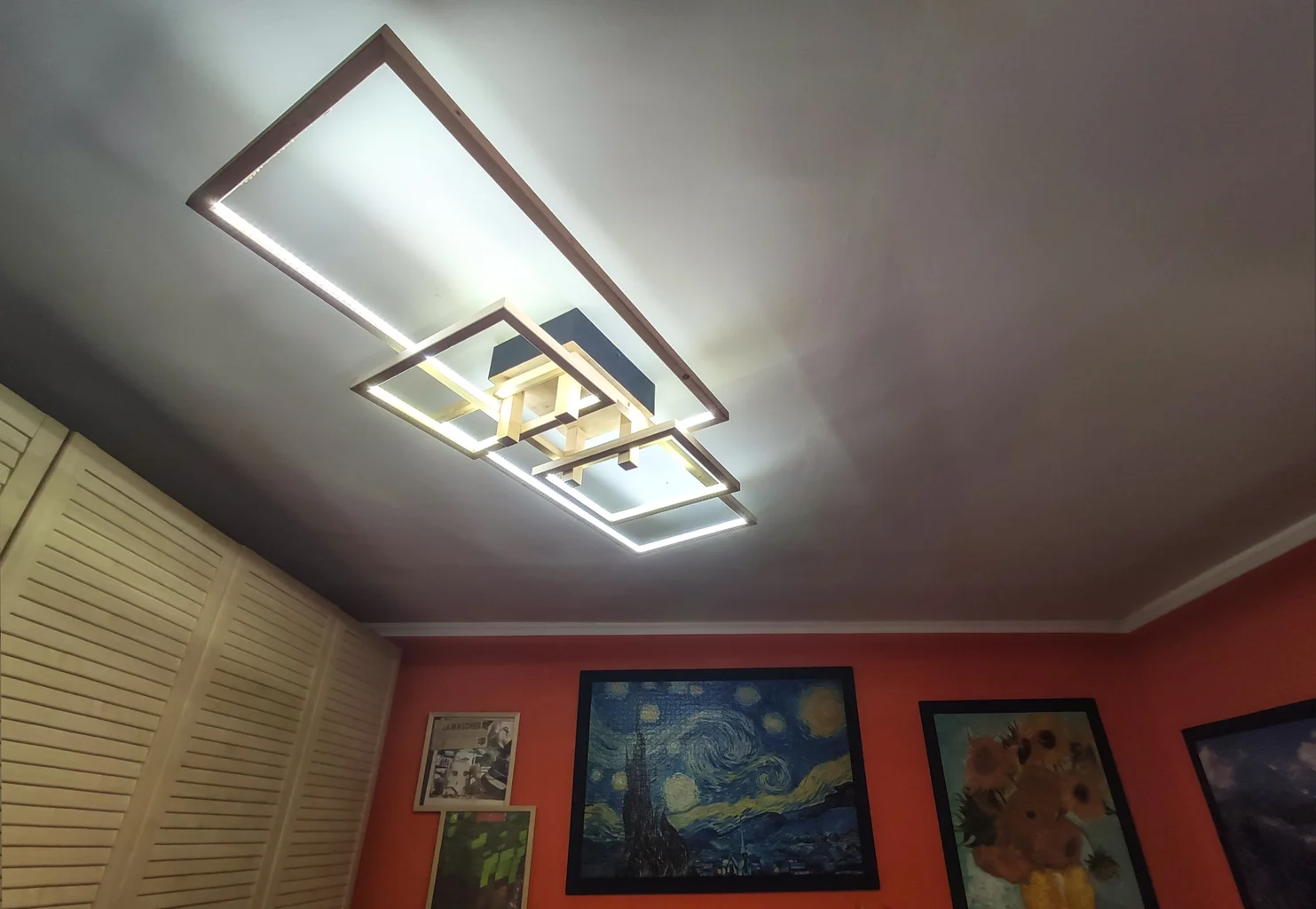

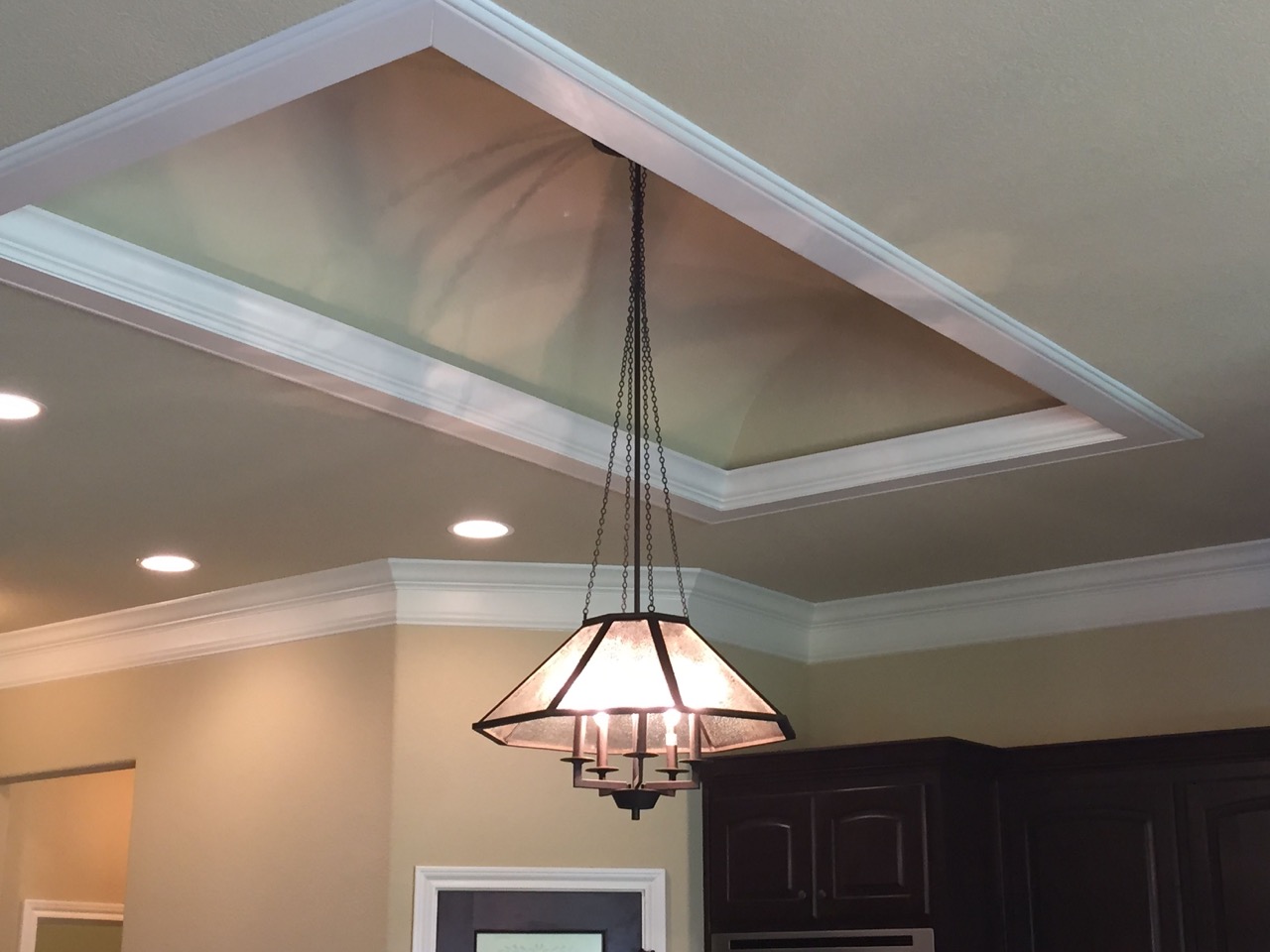
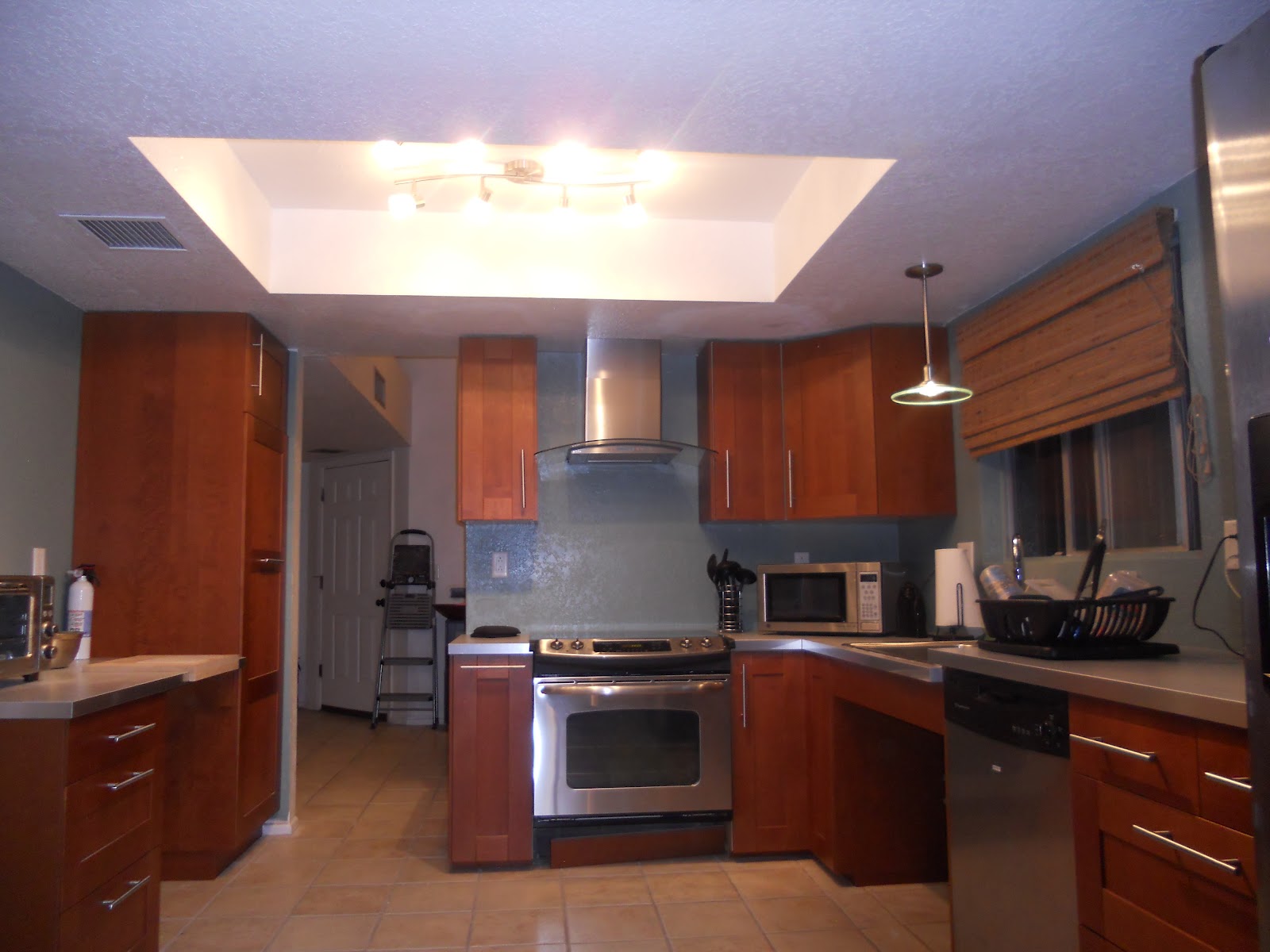
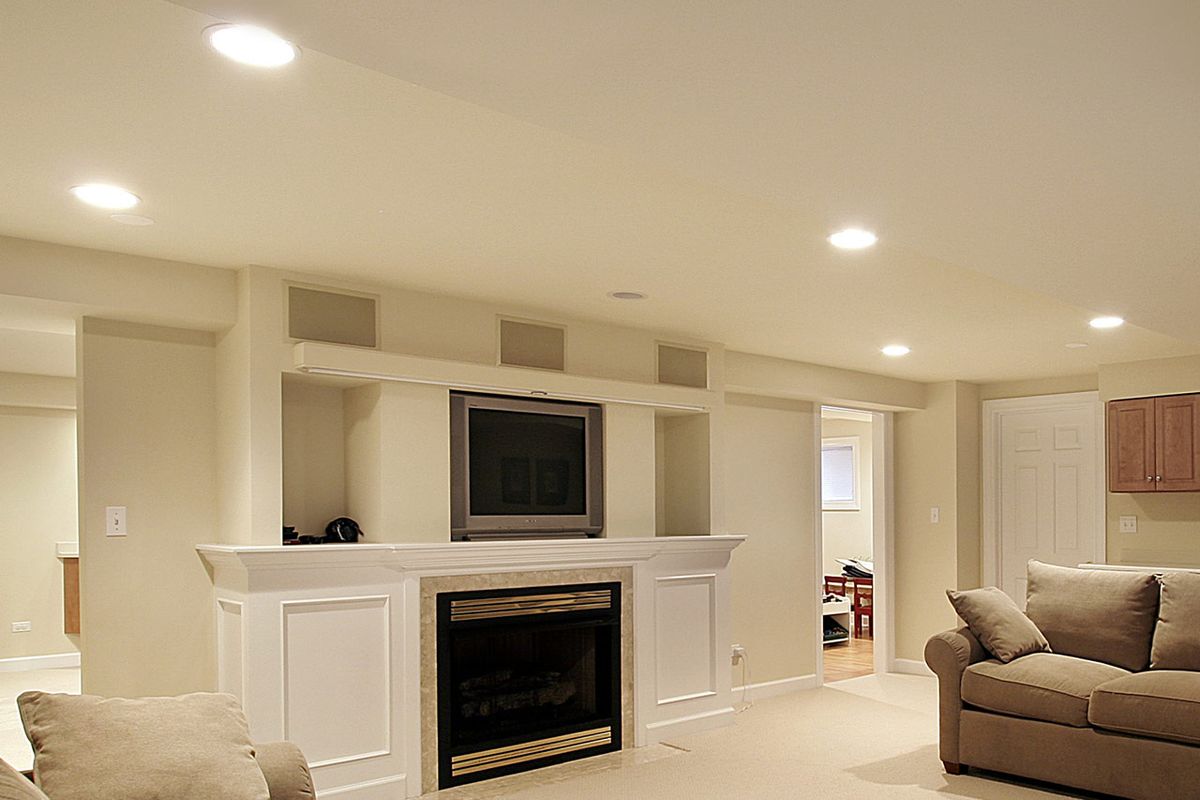
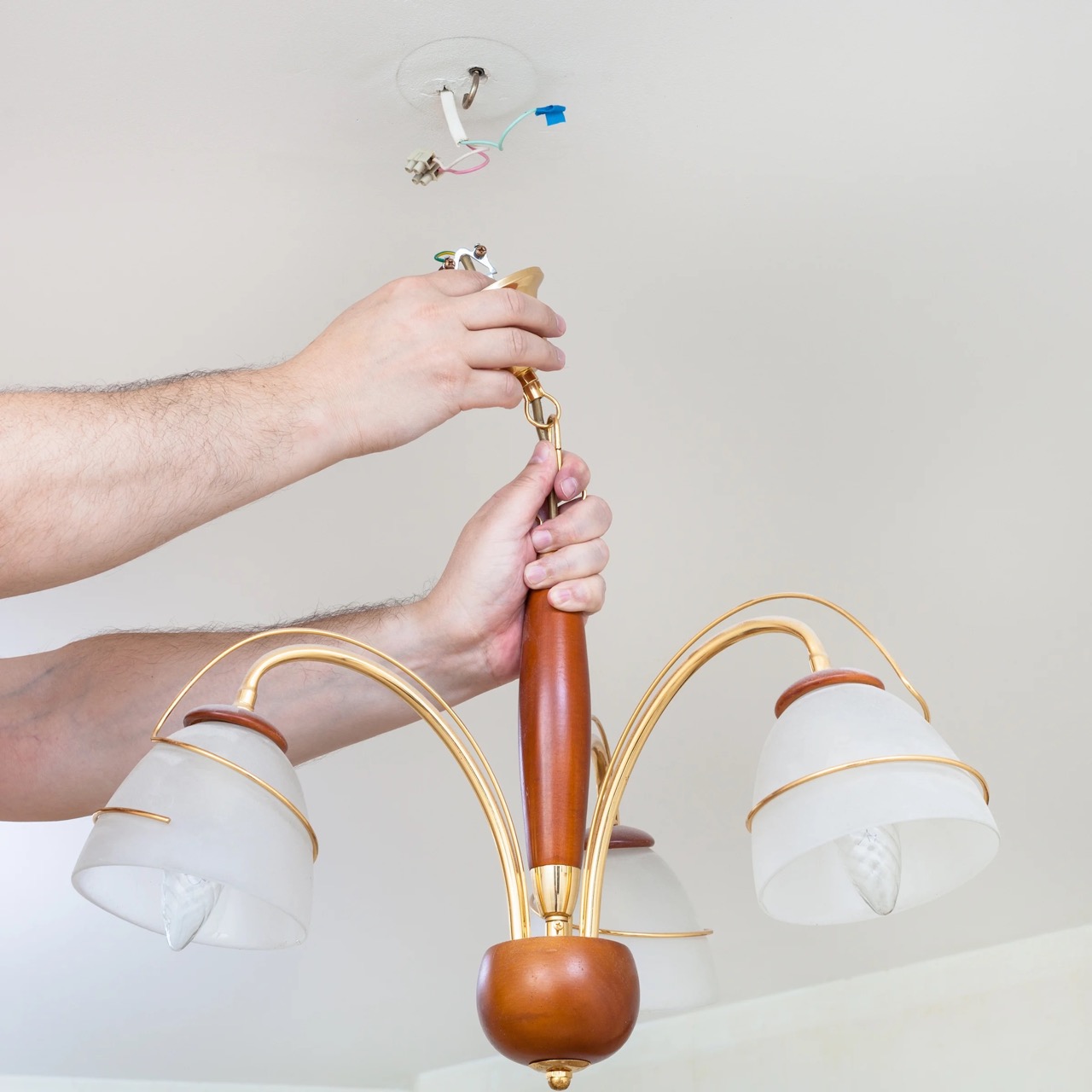




0 thoughts on “How To Choose A Ceiling Light”